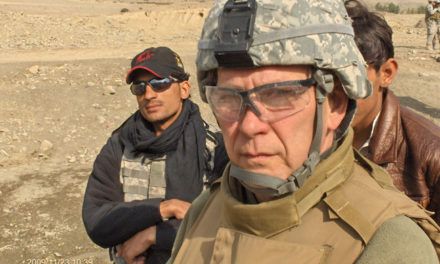
by PETER DORFMAN
William Ramos has devoted his career to reducing the incidence of drowning. The director of the Indiana University Aquatic Institute and an assistant professor in the Department of Recreation, Park, and Tourism Studies in the IU School of Public Health, Ramos received IU’s 2019 Latino Faculty and Staff Distinguished Faculty Award for his work educating the public on water safety.
In 2017, Ramos took his drowning prevention expertise to Vietnam. “Beth Kreitl, an IU alumna, had been working with an NGO [non-governmental organization] called Swim for Life Vietnam,” Ramos recalls. “Vietnam has one of the highest child drowning rates in the world—flooding is a big issue there. They were trying to provide education and swim lessons, but there really isn’t the infrastructure for that.”
Kreitl asked Ramos to help determine from the data whether their efforts were making a difference. They were, but not everything they were doing was working well in the cultural context of Vietnam, Ramos says. He’s still working with Swim for Life on those issues.
A Gary, Indiana, native, Ramos, 55, originally came to IU at 21 to work with legendary IU swim coach James “Doc” Counsilman, having set his sights on a career as a college coach. He got an education degree and coached at Bloomington High School North, and later at Edgewood High School in Ellettsville.
“Along the way, I started managing pools and got involved on the risk management side,” Ramos says. “That really became my passion. That’s how I got interested in the issue of drowning. That took me back to IU to get a research degree.”
Ramos appreciates the recognition he’s received since winning the award, though he says many acquaintances have said they didn’t know he is Latino. A product of Gary’s ethnic melting pot, Ramos is half Mexican and half Albanian; he speaks little Spanish.
“Drowning is really a global problem, one that governments typically are surprised by,” Ramos says. “We know from the research data that in the U.S., people from Hispanic backgrounds have a drowning rate three times that of Caucasians. The rate for African Americans is four to five times higher. We don’t really know why, but we think it’s tied to economic disparities. One of the covenants in public health is that we try to create a level playing field for everyone.”







